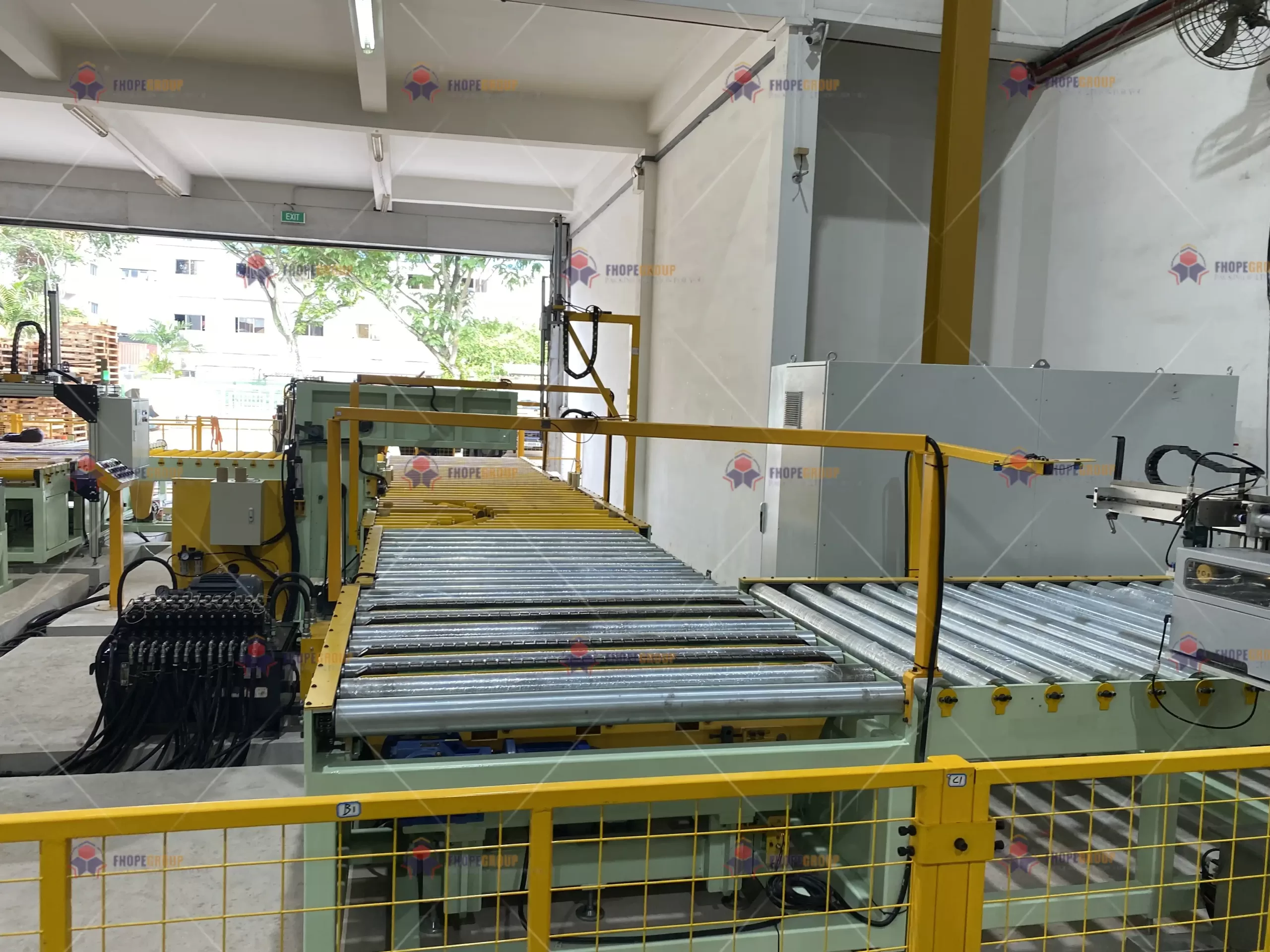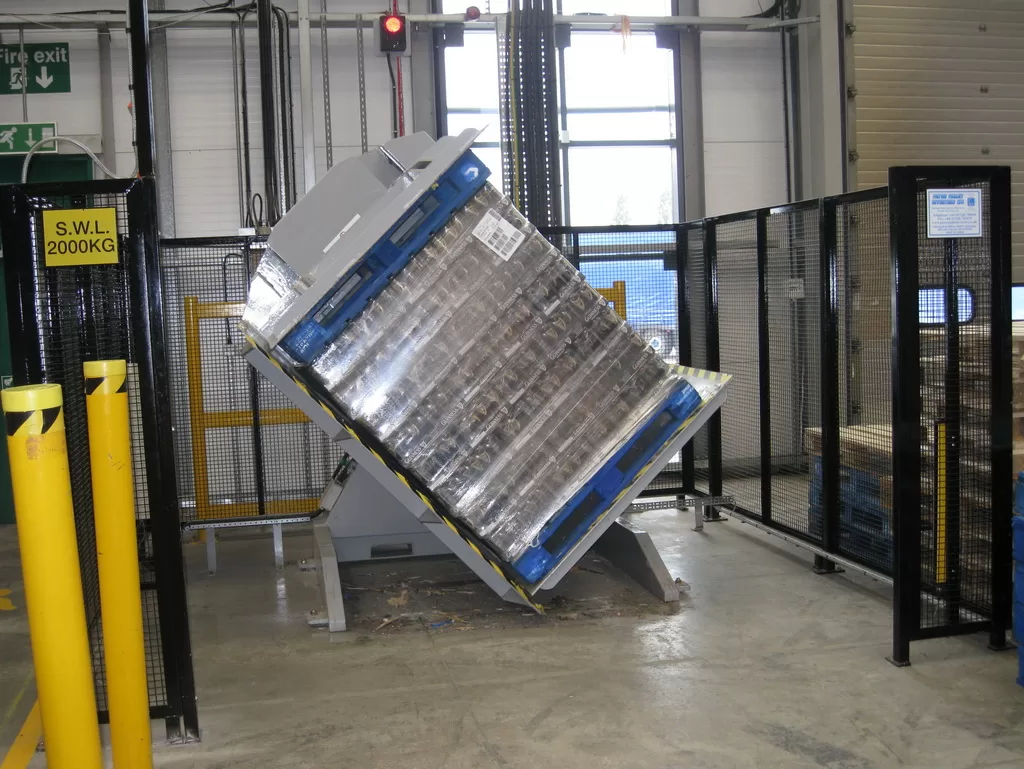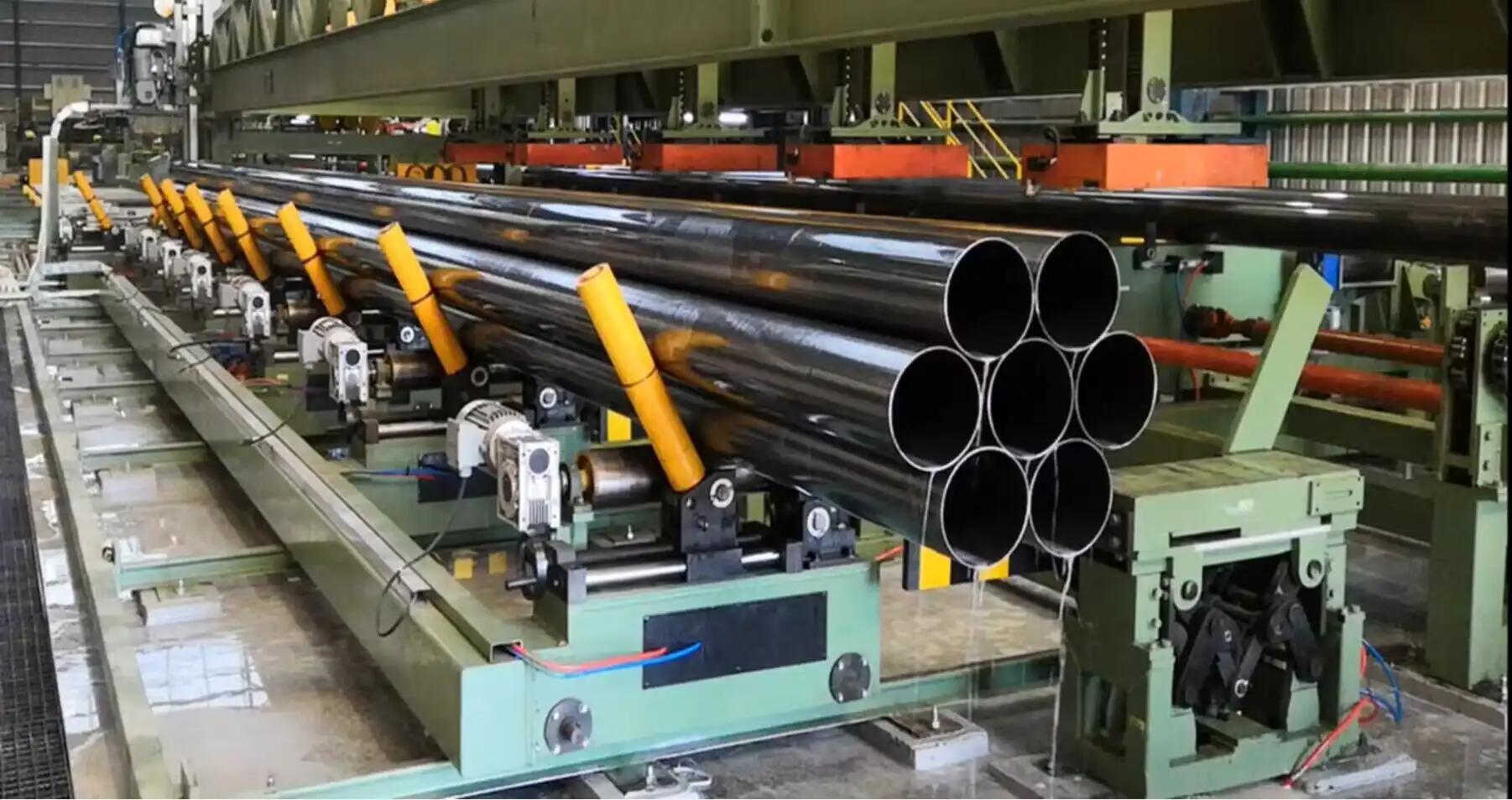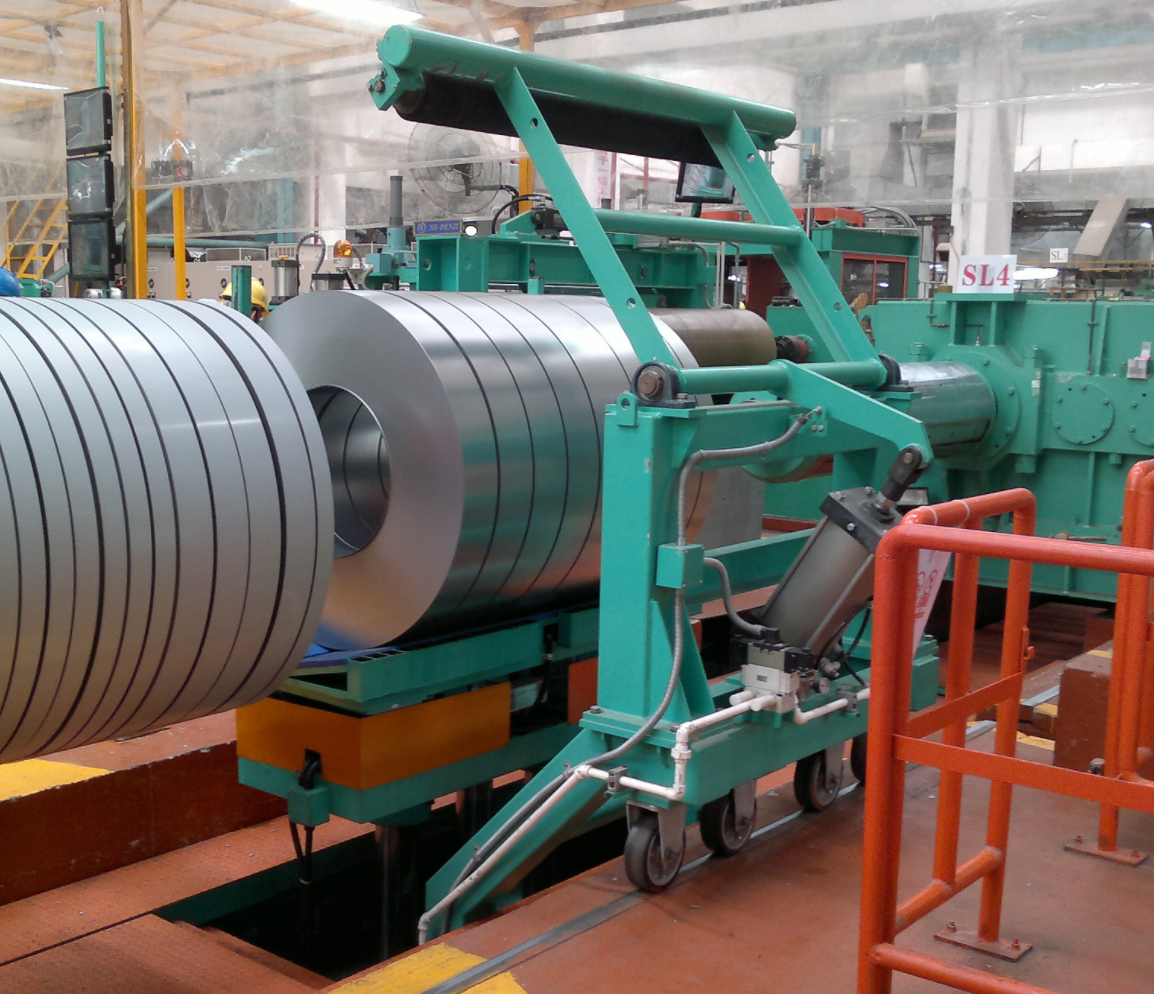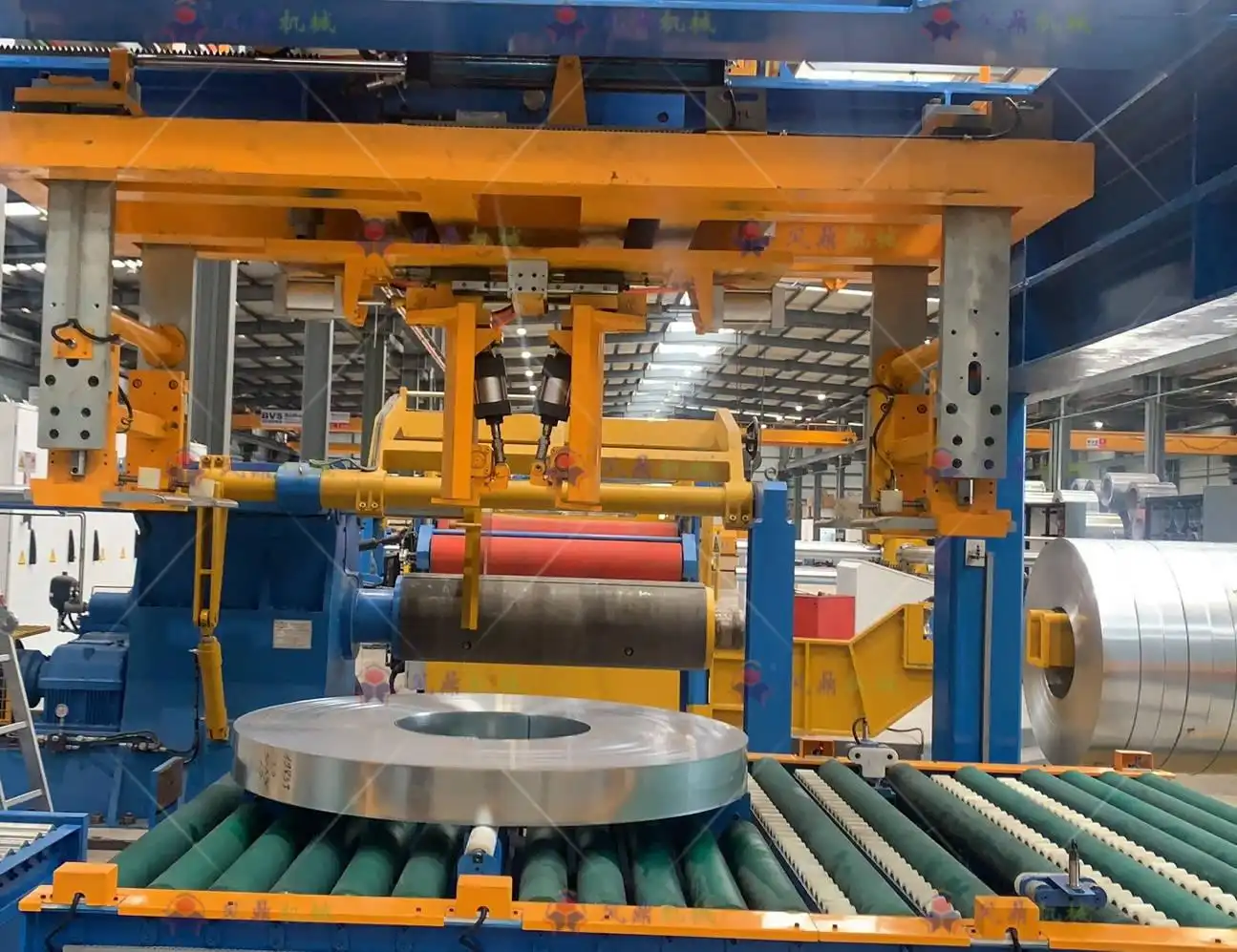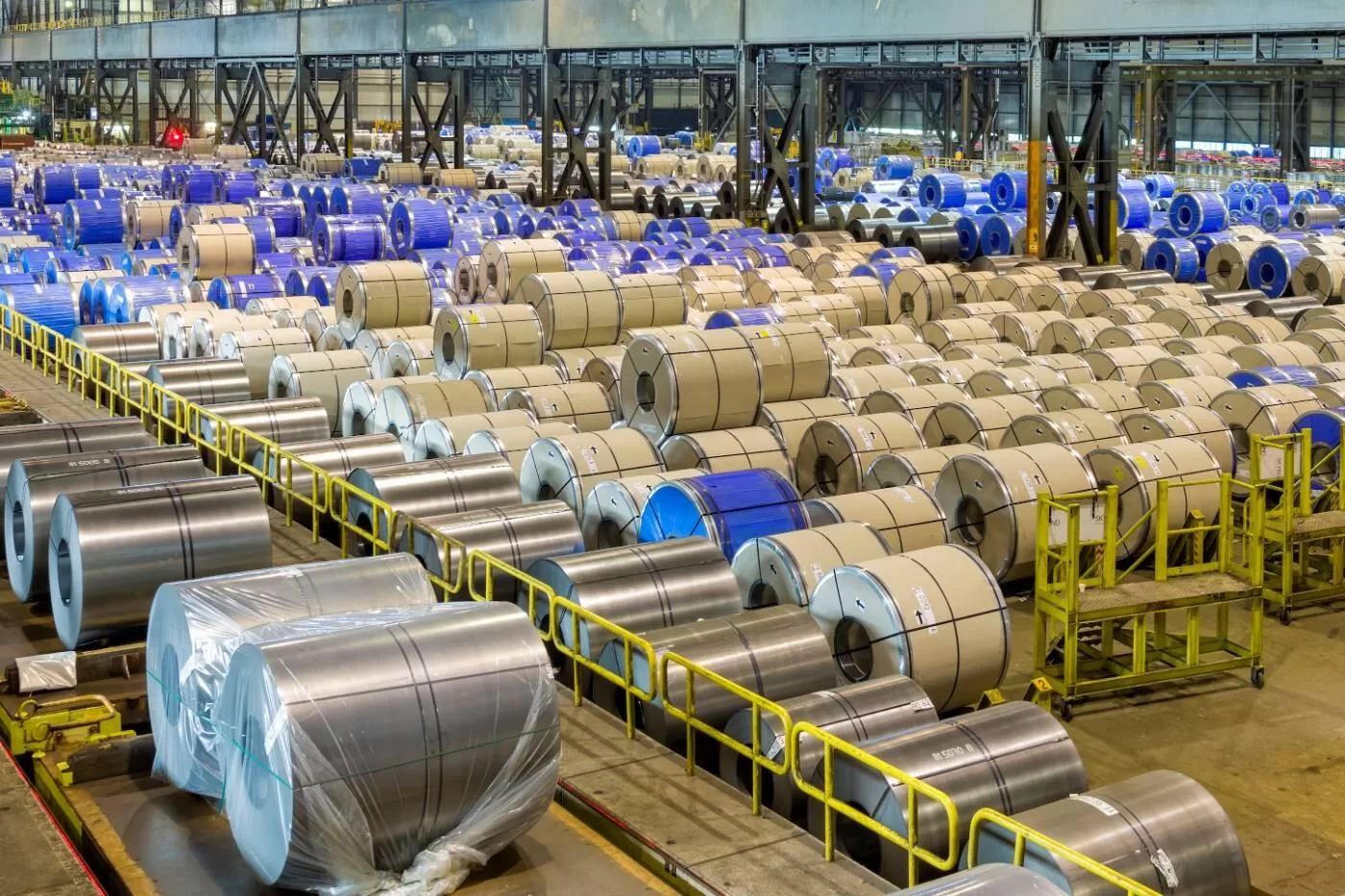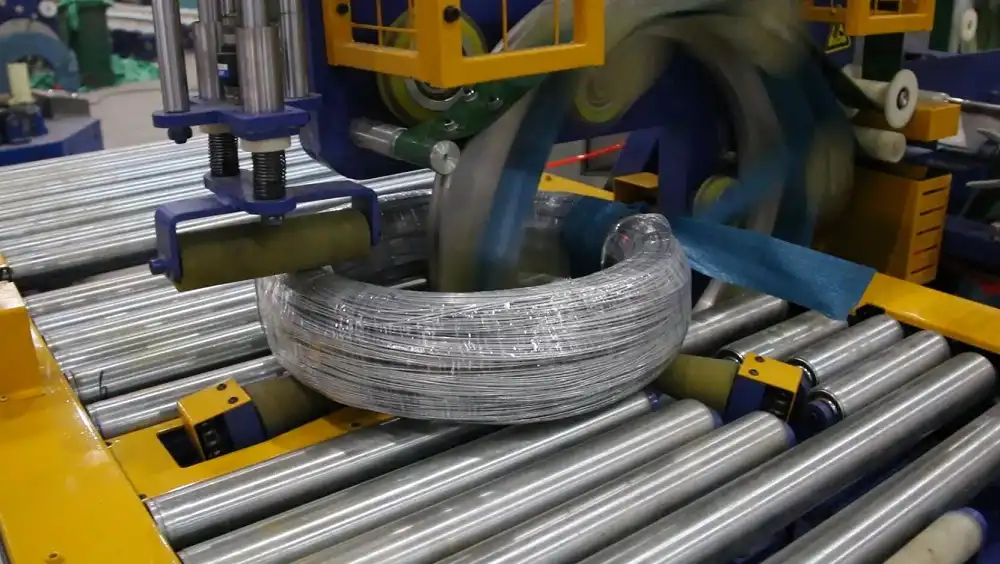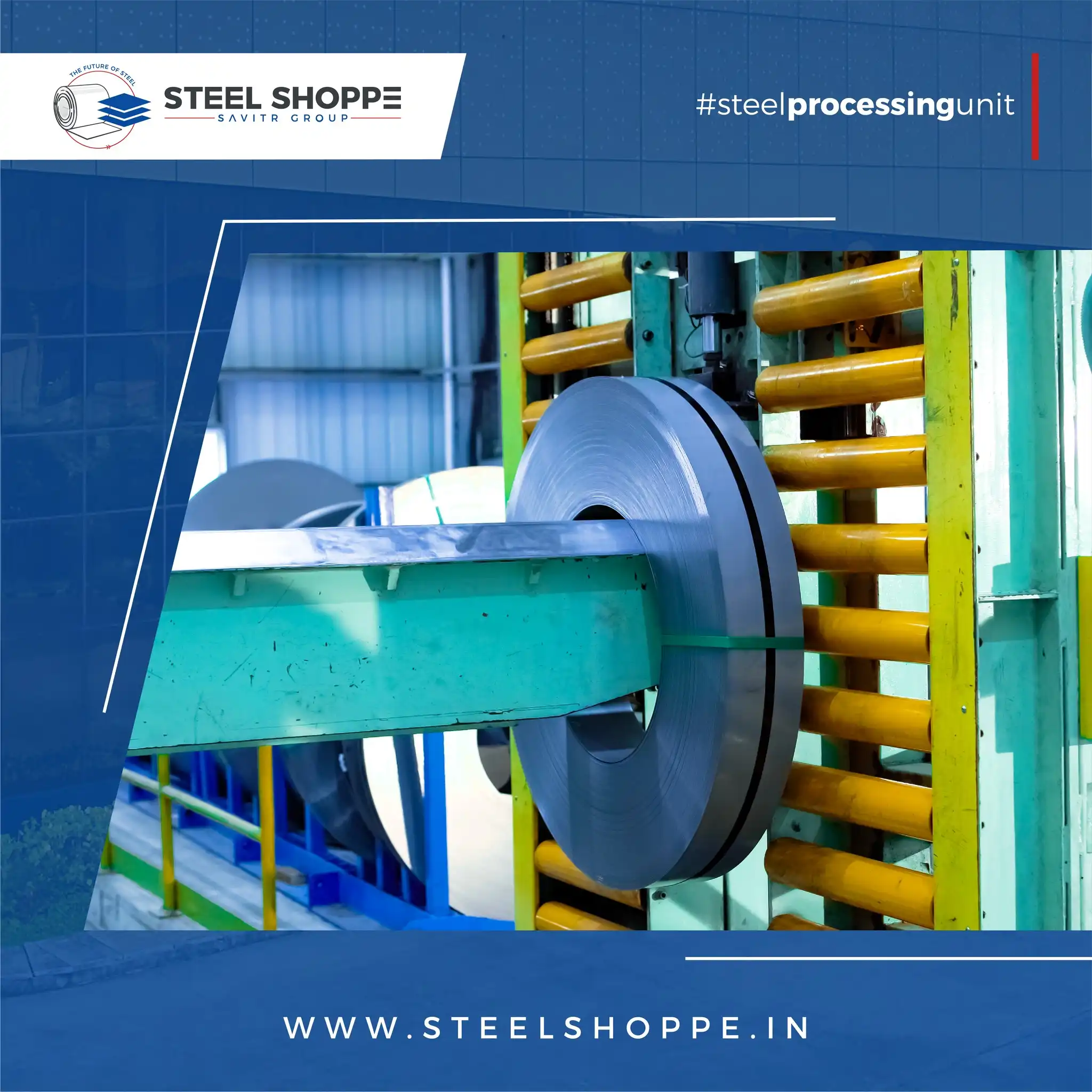How to Improve Pipe Bundling Machine Efficiency in Low-Light Environments?
Pipe bundling machines are essential for efficient material handling. However, low-light conditions can significantly hamper their performance. Let’s explore the best strategies to boost their efficiency, optimizing productivity, and worker safety even when visibility is poor.
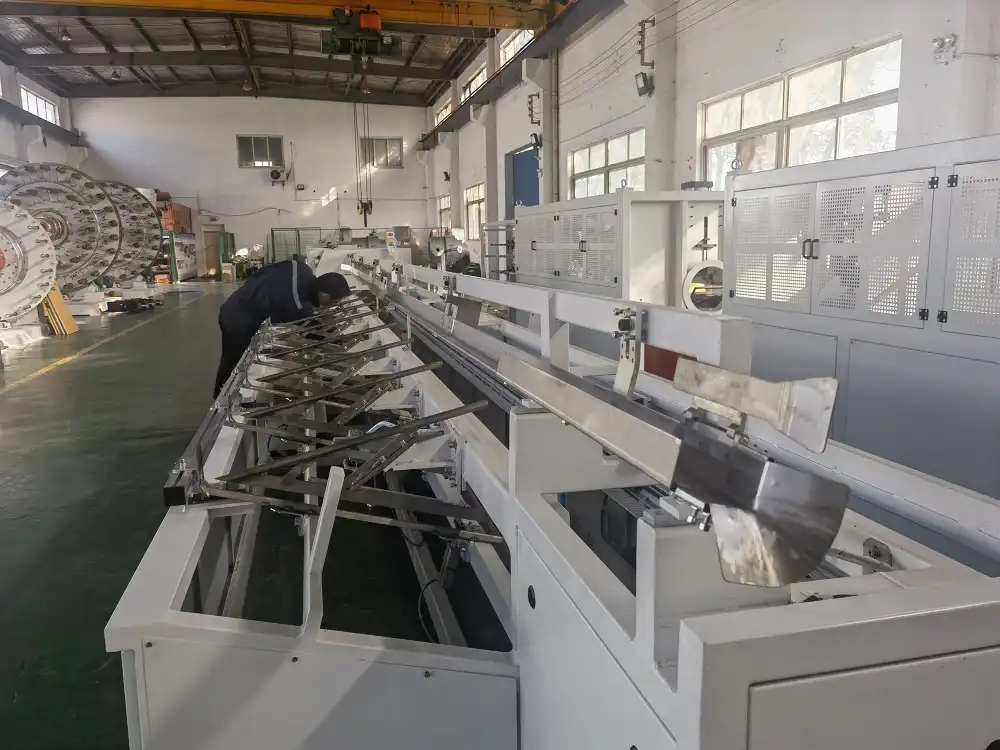
Improving pipe bundling machine efficiency in low-light conditions involves enhanced lighting solutions, regular maintenance focusing on visibility, clear operational protocols, and specialized training for operators. Implementing these strategies ensures optimal performance, minimizes errors, and maintains a safe working environment despite poor visibility.
Ready to shed some light on how to optimize your pipe bundling operations in those dimly lit environments? Keep reading to discover expert strategies.
1. Enhancing Lighting for Optimal Visibility
Inadequate lighting is a primary obstacle to efficient pipe packaging solutions in any industrial setting. Enhancing the lighting directly improves worker accuracy, reduces errors, and increases overall throughput.
To achieve optimal visibility, begin with an assessment of current lighting levels and identify dark spots or areas with uneven illumination. Replace or supplement existing fixtures with high-intensity LED lights, ensuring even coverage across the entire work area. Regular cleaning of light fixtures is essential, as dust and debris can significantly reduce their output. Additionally, consider implementing task lighting to focus bright light on critical areas of the pipe bundling machine, facilitating precise operations and minimizing the risk of accidents.**
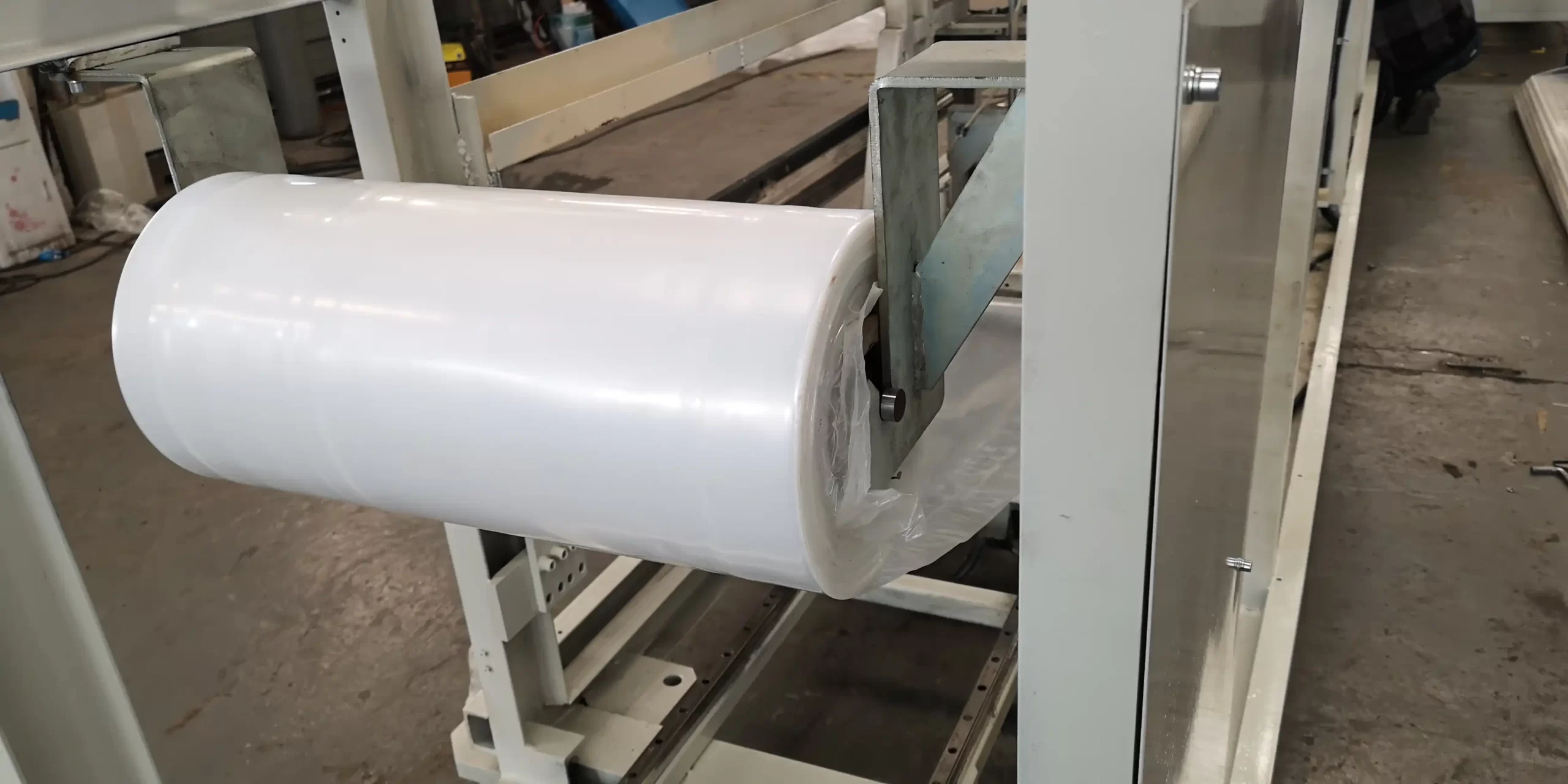
Navigating the Challenges: A Deep Dive into Lighting Solutions
Enhancing lighting isn’t simply about adding more lights; it’s about understanding the specific needs of the environment and choosing the right solution. Let’s break down this challenge and explore effective lighting strategies.
1. Understanding Light Spectrum and Color Temperature
Different tasks require different types of light. Color temperature, measured in Kelvin (K), describes the "warmth" or "coolness" of a light source. For detailed work, cooler, whiter light (4000K-5000K) is generally preferred as it provides better contrast and reduces eye strain.
2. Optimizing Light Placement and Angle
The placement and angle of light fixtures are as important as the type of light used. Directing light at a 45-degree angle to the work surface can minimize shadows and glare, improving visibility.
3. Light Intensity and Measurement
Light intensity, measured in Lux or Foot-candles, determines the brightness of the light on the work surface. Here’s a general guideline for light intensity in different areas:
| Area | Recommended Light Intensity (Lux) |
|---|---|
| General Work Area | 200-300 |
| Machine Operation Points | 500-750 |
| Inspection Areas | 750-1000 |
4. Retrofitting Existing Lighting Systems
Retrofitting existing lighting systems with LEDs (Light Emitting Diodes) is a cost-effective way to improve lighting quality and reduce energy consumption. LEDs offer several advantages:
- Energy Efficiency: LEDs use up to 75% less energy than traditional incandescent bulbs.
- Long Lifespan: LEDs can last up to 25 times longer than incandescent bulbs.
- Improved Light Quality: LEDs provide brighter, more consistent light with better color rendering.
5. Importance of Regular Cleaning and Maintenance
Even the best lighting systems will lose efficiency if they are not properly maintained. Dust, dirt, and grime can accumulate on light fixtures, reducing their output by as much as 50%. Regular cleaning, at least every three to six months, is essential.
By carefully considering these factors, you can create a well-lit environment that enhances pipe bundling machine efficiency, improves worker safety, and reduces operational costs.
2. Implementing Reflective Materials and Color Contrasts
Beyond direct lighting, strategically incorporating reflective materials and color contrasts can significantly boost visibility in low-light environments.
By utilizing reflective tape on machine edges and potential hazards, operators can quickly identify danger zones, enhancing safety. Painting floors and walls in light, contrasting colors improves ambient brightness, making it easier to see dropped objects or spills. Color-coding pipes and components can aid in quicker identification and maintenance, further improving efficiency.**
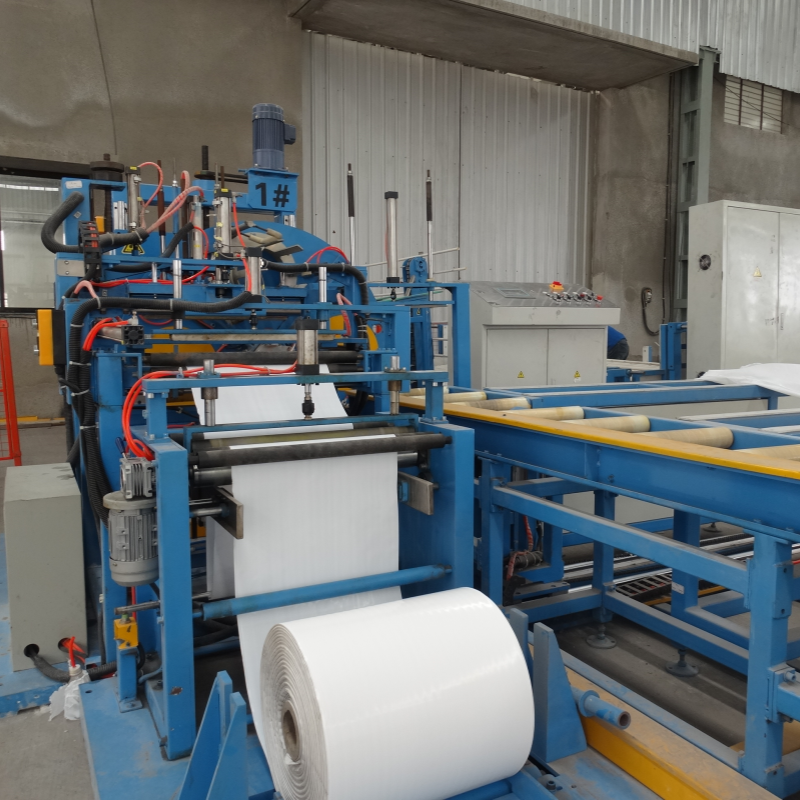
The Technical Nuances of Reflective Materials and Color Contrast
Maximizing visibility requires a careful understanding of how different materials interact with light. Let’s dive into the technical aspects of reflective materials and color contrast.
1. Understanding Reflectance Values
Reflectance is the measure of how much light a surface reflects. Surfaces with high reflectance values will appear brighter and improve overall visibility. Here are some approximate reflectance values for common materials:
- White Paint: 80-90%
- Light Gray Paint: 50-70%
- Concrete: 55%
- Dark Gray Paint: 20-30%
- Black Paint: 5%
2. Selecting Appropriate Reflective Materials
Reflective tape and paint are available in various grades. Choosing the right grade depends on the application. High-intensity reflective tape is ideal for highlighting hazards, while paint with glass beads can improve the reflectivity of larger surfaces.
3. Importance of Color Contrast
Color contrast makes objects stand out against their surroundings. The greater the difference in luminance (brightness) between two colors, the easier it is to see them.
4. Implementing Safety Standards
Adhering to safety standards such as OSHA (Occupational Safety and Health Administration) guidelines ensures compliance and promotes a safe working environment.
By carefully selecting reflective materials and strategically using color contrast, you can significantly improve visibility, reduce accidents, and enhance the pipe bundling machine efficiency in low-light environments.
3. Regular Maintenance and Inspection Focused on Visibility
Regular maintenance is crucial for ensuring optimal pipe packaging solutions and machine performance. However, in low-light environments, it’s essential to adapt these practices to focus specifically on improving visibility.
This includes regularly cleaning lenses on sensors and cameras, replacing dim or flickering lights promptly, and ensuring all safety markings and labels are clearly visible. Additionally, check for any obstructions that might cast shadows or block light, and address them immediately to maintain a clear and safe workspace.**
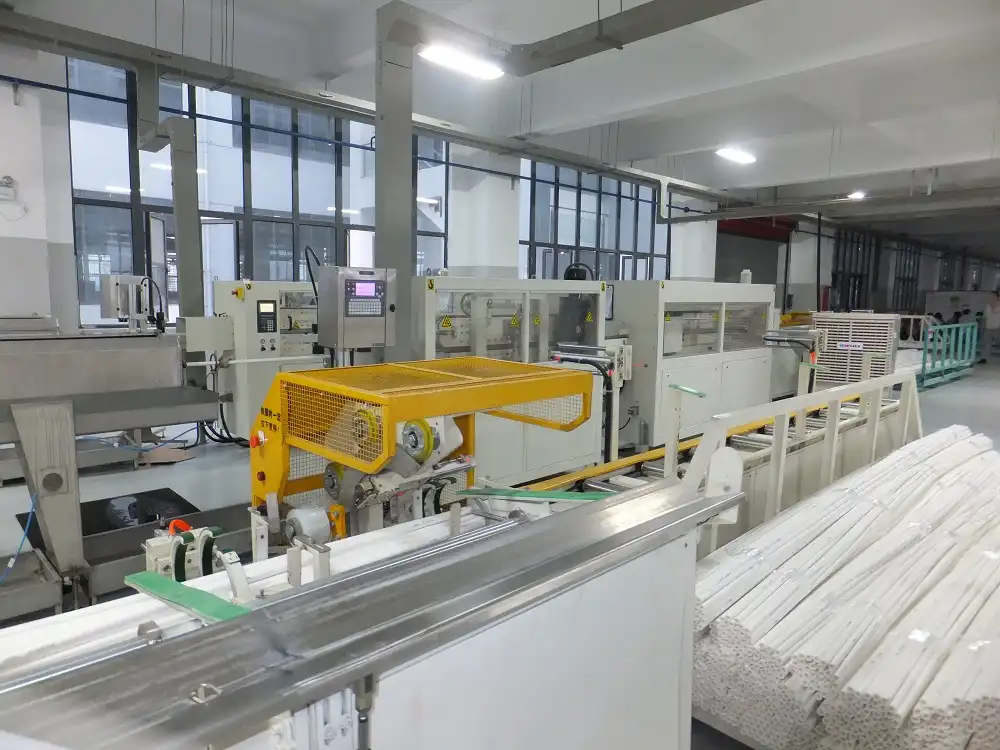
Enhancing Maintenance Protocols: A Structured Approach
To ensure maintenance routines contribute to better visibility, a structured approach is necessary. Here’s a breakdown of key strategies:
1. Checklists and Schedules:
- Daily Checks: Verify all lights are functional and clean. Remove any immediate obstructions.
- Weekly Checks: Clean sensor lenses and camera covers. Inspect reflective tape and replace if damaged.
- Monthly Checks: Deep clean all light fixtures. Calibrate sensors and cameras.
Here’s an example of a maintenance checklist:
| Task | Frequency | Details |
|---|---|---|
| Light Inspection | Daily | Check for burned-out bulbs, flickering, dirt |
| Sensor Cleaning | Weekly | Clean lenses and covers with appropriate cleaner |
| Reflective Tape Check | Weekly | Inspect for damage, peeling, or reduced reflectivity |
| Light Fixture Cleaning | Monthly | Deep clean fixtures, remove dust and debris |
2. Training and Communication:
- Train maintenance personnel on the importance of visibility-related maintenance.
- Encourage operators to report lighting issues or visibility concerns immediately.
3. Sensor and Camera Maintenance:
- Regularly calibrate sensors to ensure accuracy in low-light conditions.
- Clean camera lenses to maintain clear images for automated systems.
4. Monitoring and Improvement:
- Track maintenance activities and their impact on machine efficiency.
- Use data to identify areas for improvement and refine maintenance protocols.
By implementing these strategies, businesses can ensure that maintenance efforts directly contribute to improved visibility, worker safety, and overall machine performance in low-light environments.
4. Implementing Operational Protocols and Training
Implementing specific operational protocols and training programs is crucial to ensure Pipe bundling machine efficiency is maintained, even in low-light conditions.
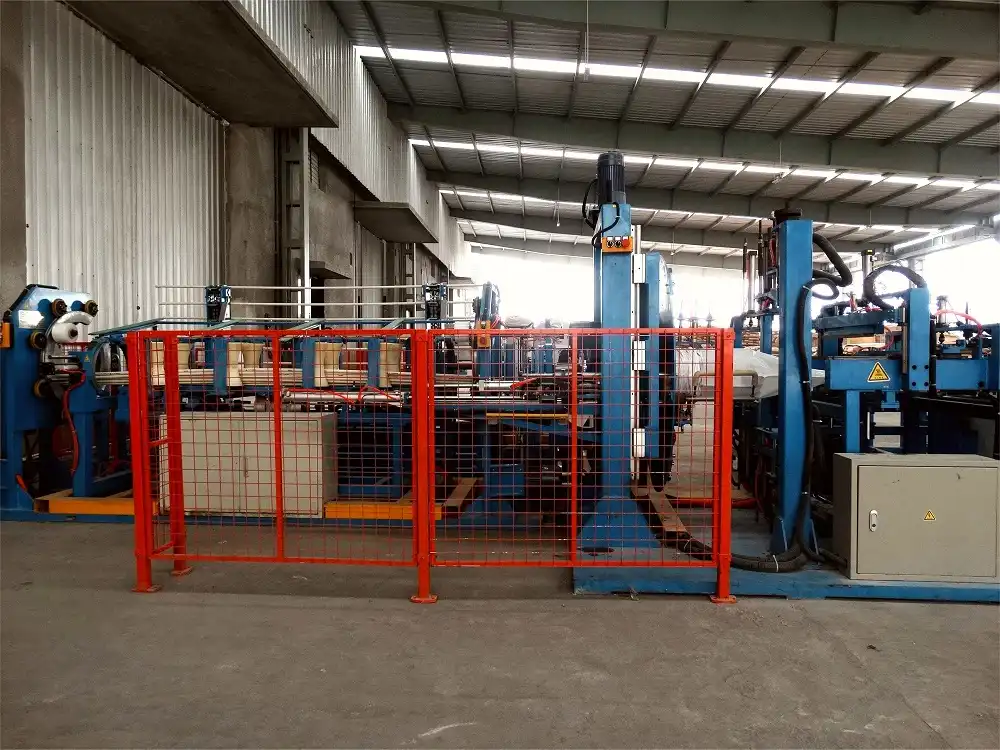
Operators will be trained to identify errors, respond to malfunctions, and perform routine tasks, minimizing disruptions. Safety protocols should emphasize safe movement, proper use of equipment, and awareness of blind spots to reduce accidents and optimize performance. In low-light environments, clear communication protocols become crucial for coordinating tasks and avoiding collisions. Implementing a standardized system, such as hand signals, two-way radios, or visual cues, ensures that all team members are aware of each other’s actions and intentions. This minimizes the risk of errors and enhances overall efficiency.**
Conclusion
Improving pipe bundling machine efficiency in low-light environments requires a multifaceted approach. By prioritizing enhanced lighting, reflective materials, regular maintenance, and comprehensive training, companies can optimize their operations. These strategies not only enhance productivity but also ensure a safer working environment. Implementing these improvements helps streamline processes, reduces downtime, and maximizes throughput, leading to significant cost savings and increased efficiency. Investing in these strategies is a win-win for both productivity and safety.

